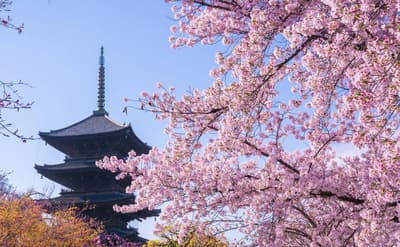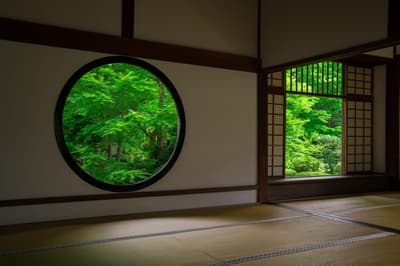The Ohara area, located in the northeastern part of Kyoto City, is a nature-rich satoyama surrounded by mountains on all sides. Dotted with historical sites in a peaceful landscape, visitors can experience nature and visit temples and shrines typical of Kyoto at the same time. Compared to the central area of Kyoto, the number of tourists is quieter, and you can enjoy a leisurely stroll in this area.
Ohara is also easily accessible from Kyoto Station, taking only 70 minutes by bus, or a little over 40 minutes by train and bus.
In this issue, we will introduce six recommended spots in the Ohara area.
Sanzen-in Temple (三千院)
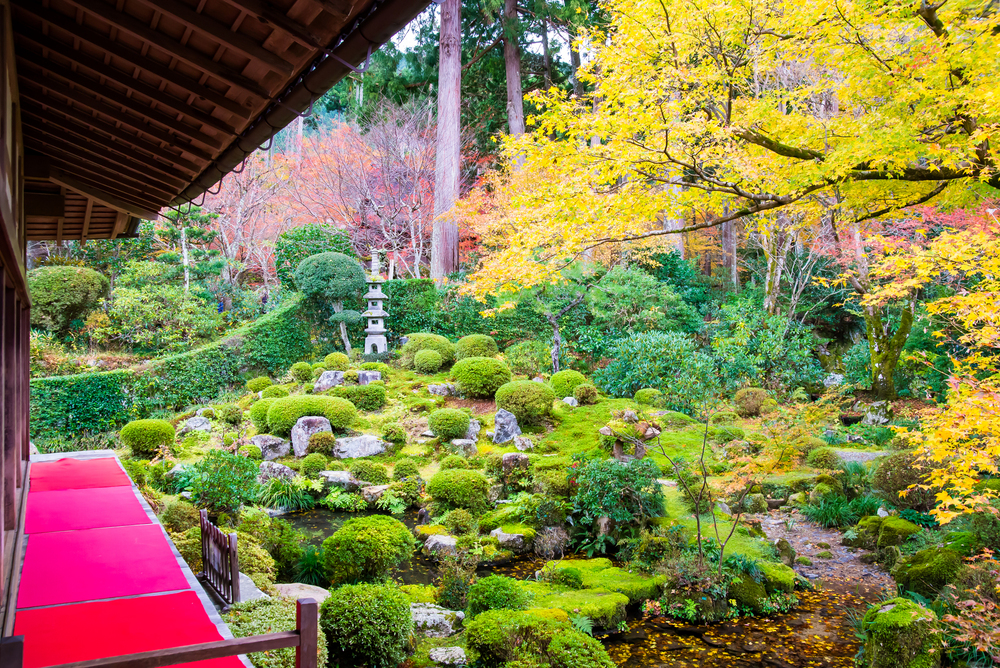
Sanzen-in Temple has a history of over 1,200 years and is a symbol of the Ohara area. Two gardens are highlights of Sanzen-in: the first, Shuheki-en Garden, where you can enjoy the beauty of nature from the tea ceremony table, and the second, Yusei-en Garden, with its beautiful mosses. In addition, many Buddhist statues are enshrined and many cultural assets are on display.
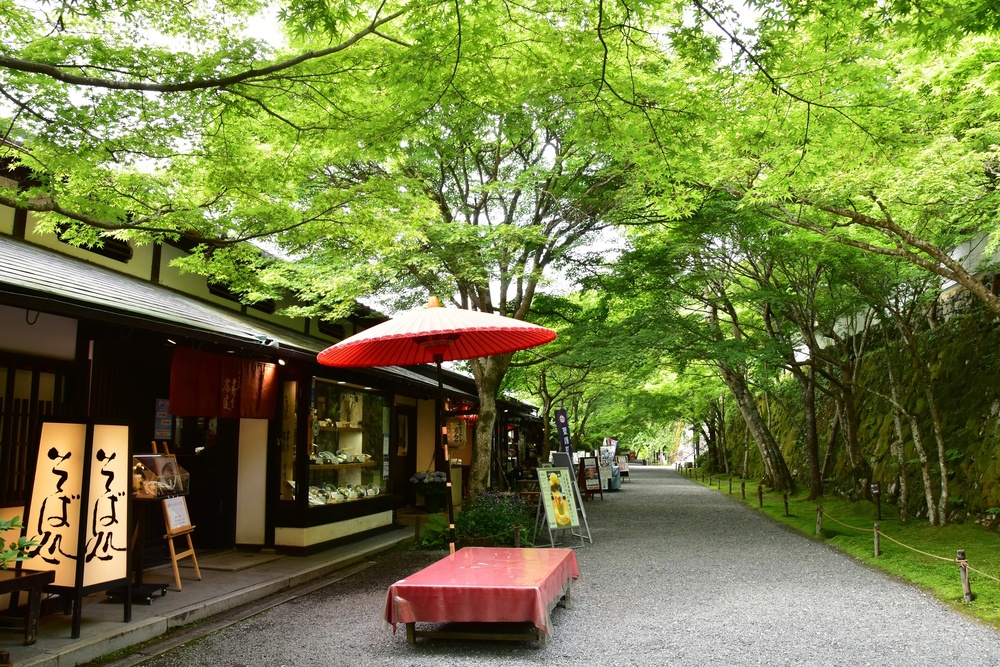
The approach to Sanzen-in Temple is also lined with souvenir stores and restaurants. The approach to the temple is also famous for its autumn foliage, which attracts many visitors during the autumn foliage season. The path leading to Sanzen-in Temple is also enjoyable, making it a must-visit spot when visiting Ohara.
Hosen-in Temple (宝泉院)

Hosen-in Temple is the best place to visit in combination with Sanzen-in Temple. The garden can be viewed from the Shoin, which is known as a “frame garden” because the space between the pillars is used as a frame for viewing the garden. The entrance fee includes matcha green tea and fresh confections, so you can enjoy a Japanese meal while admiring the garden.
Jikko-in Temple (実光院)
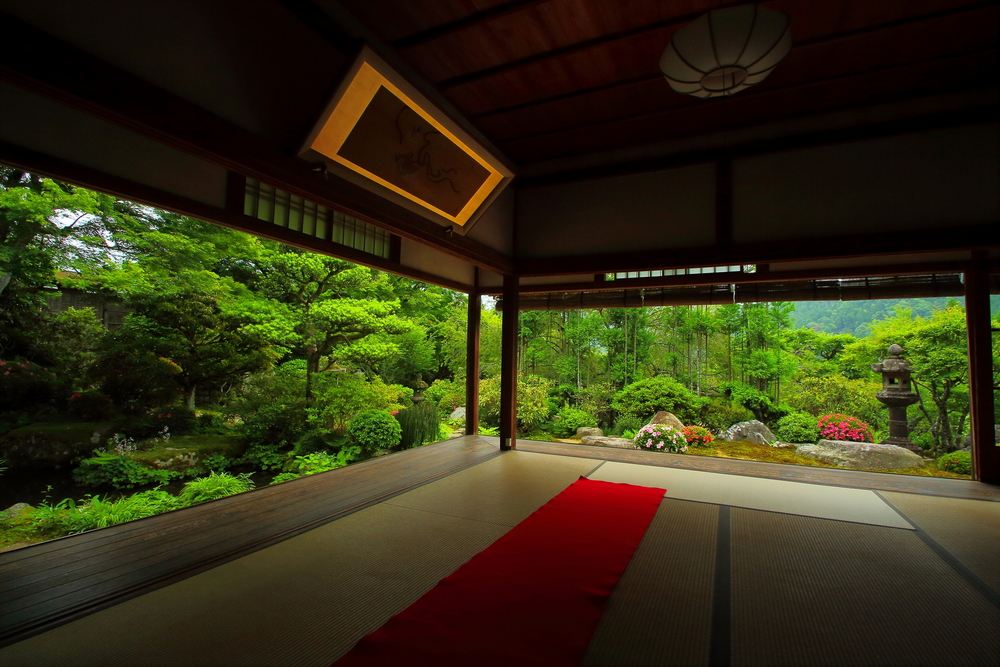
Jikko-in Temple has a garden where visitors can enjoy seasonal flowers. The Fudan-zakura cherry trees, which bloom from fall to spring, are rare in Japan and are a must-see. Matcha green tea and fresh confections are included in the entrance fee, and can be enjoyed while admiring the garden.
Jakko-in Temple (寂光院)

Jakko-in Temple, with its beautiful stone-step approach, is the temple that appears in the historically famous Japanese tale “The Tale of the Heike”. It is also said to be the birthplace of Ohara’s famous product “Shibazuke”.
Ohara Onsen (大原温泉)
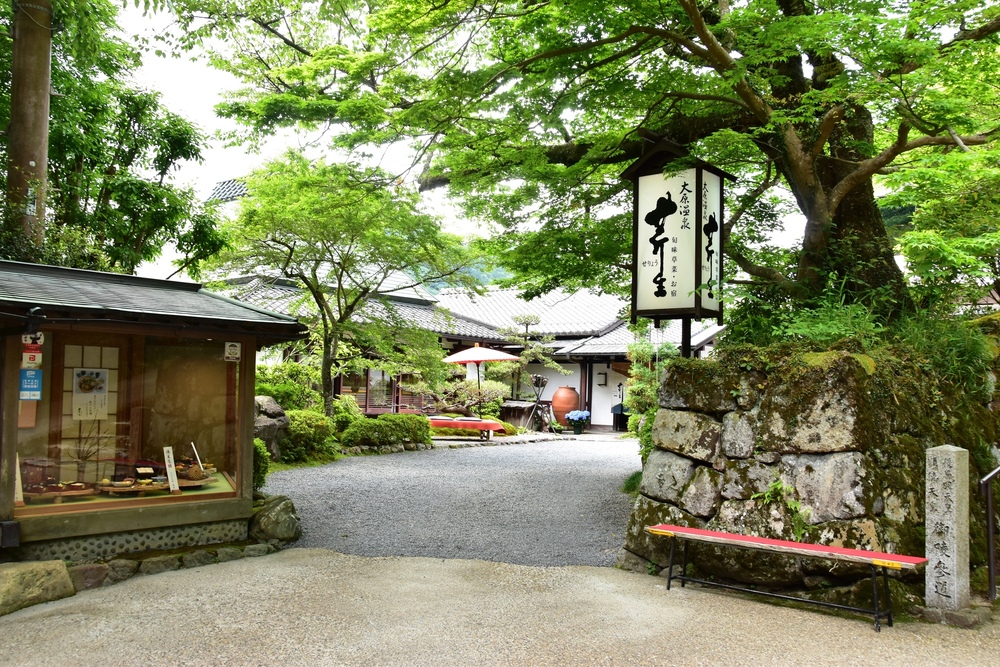

Ohara Onsen is a hot spring resort established in 2004. The water is clear and colorless, non-irritating, and known for its beautiful skin. Ohara Onsen can be enjoyed at footbaths located in three ryokans and one café.
Seryo, a Cuisine Ryokan located near Sanzen-in Temple, is for overnight guests only. Ohara Sanso and Ohara-no-Sato, located near Jakko-in Temple, allow visitors to enjoy the hot springs without staying overnight. For those who want to enjoy hot springs more casually, visit Ohara Sanso Ashiyu Cafe, a cafe operated by Ohara Sanso. For a one-drink fee, you can soak in the footbath and enjoy the café time.
Sato-no-eki Ohara (里の駅 大原)
The Sato-no-eki Ohara is a direct sales outlet for vegetables and processed products from Ohara and its suburbs. Especially worth checking out are the rice cakes (Omochi) made that day from Ohara’s famous glutinous rice. In addition, a morning market is held every Sunday, with food stalls and other vendors.

